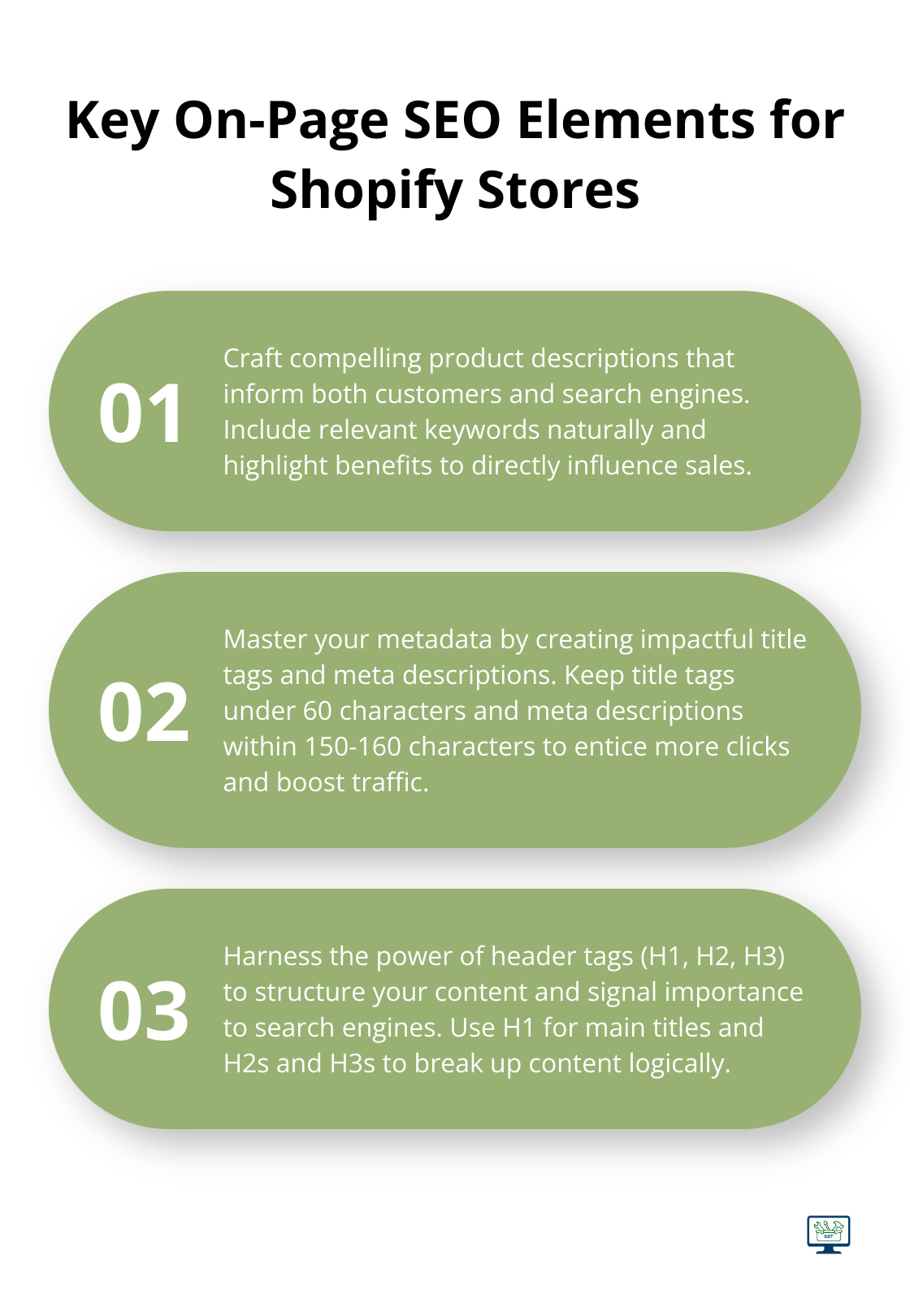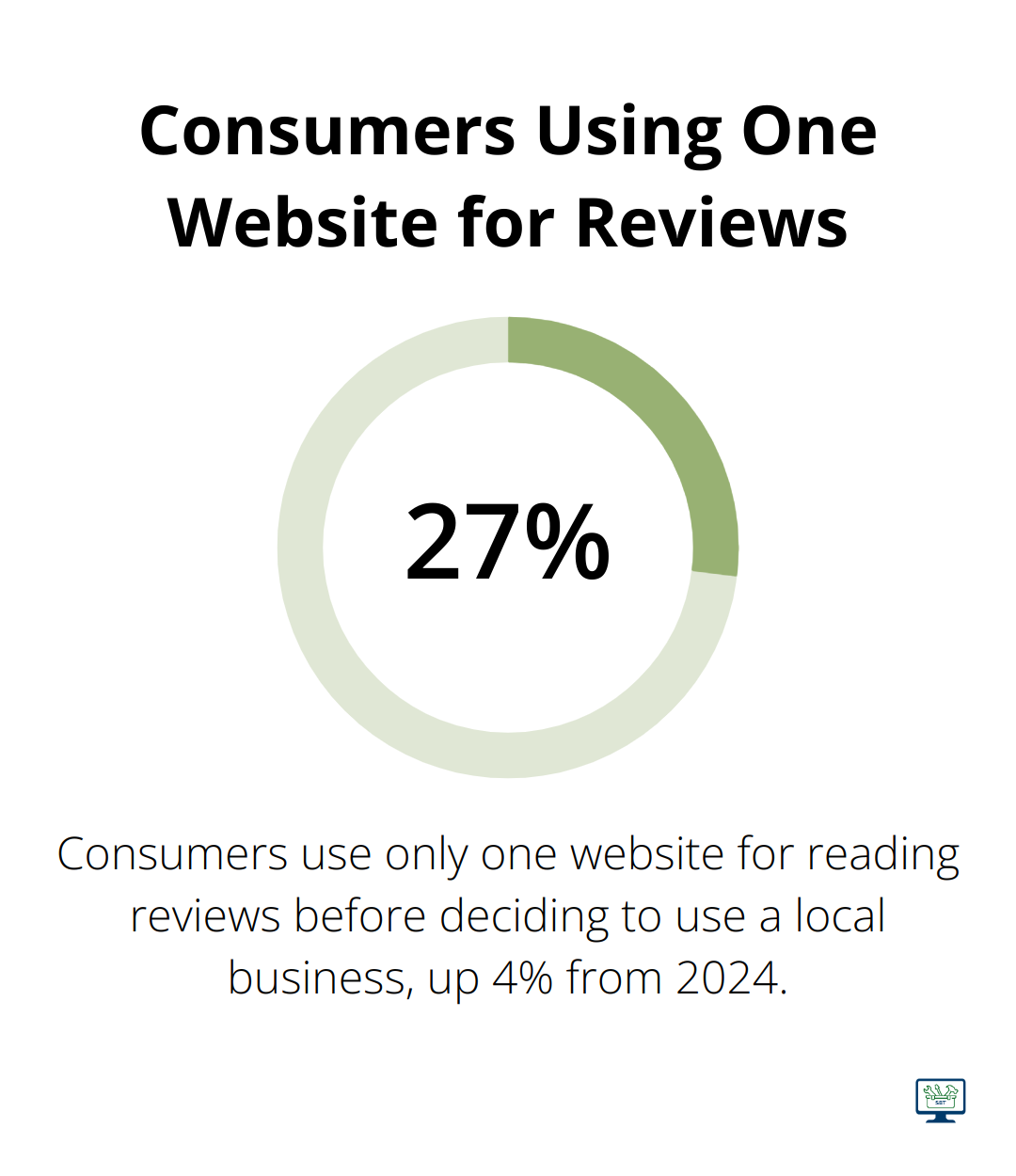Shopify SEO Optimization: Boost Your Store’s Visibility

Published On Jun 26,2025
Shopify SEO optimisation is a game-changer for online stores. At WebsiteStrategies, we’ve seen firsthand how proper optimisation can skyrocket visibility and sales.
This guide will walk you through proven tactics to boost your Shopify store’s search engine rankings. From site structure to content marketing, we’ll cover everything you need to know to outrank your competitors and attract more customers.

How to Build a Solid Shopify Store Structure
A well-structured Shopify store forms the bedrock of successful SEO. Here’s how you can optimise your store’s architecture to improve search rankings and user experience:
Streamline Your Product Categories
Organise your products into logical categories. Use clear category labels, breadcrumb navigation, and attribute-based filters to help customers easily browse your store. This practice simplifies navigation for customers and search engines alike.
Create SEO-Friendly URLs
Customise your URLs for better SEO. Use search engine optimisation (SEO) to improve the search engine ranking for your store and help customers find your products. This practice helps search engines understand your page content and improves your chances of ranking for relevant searches.
Implement Clear Navigation Paths
Add breadcrumbs to your store to show users (and search engines) the path from the homepage to their current location. This feature improves user experience and helps search engines understand your site structure. Many Shopify themes include breadcrumb navigation by default, but you can add it with a third-party app or custom code if yours doesn’t.
Boost Your Site Speed
Site speed significantly impacts your search rankings. Use an up-to-date, optimised theme. Audit your tag manager to remove any unused or low-value tags. Common speed boosters include:
- Compress images before uploading
- Minimise the use of apps that add extra code
- Use a fast, responsive theme
Google’s PageSpeed Insights tool can provide more detailed recommendations for your store.
Optimise for Mobile
With mobile commerce on the rise, ensure your Shopify store is fully responsive. Choose a mobile-friendly theme and test your site on various devices (smartphones, tablets) to guarantee a seamless experience for all users.
The next step in your Shopify SEO journey involves fine-tuning your on-page elements. Let’s explore how you can optimise your product descriptions, title tags, and other crucial on-page factors to further boost your store’s visibility.
How to Optimise On-Page Elements for Shopify SEO
On-page SEO forms the cornerstone of visibility for Shopify stores. It helps search engines interpret your content and rank your pages effectively. Let’s explore practical tactics to enhance your on-page SEO strategy.
Craft Compelling Product Descriptions
Product descriptions serve as prime real estate for SEO. They inform both customers and search engines. Write unique, detailed descriptions for each product. Include relevant keywords naturally, but avoid overstuffing. Highlight benefits, not just features. For instance, instead of simply stating “waterproof,” explain how the product keeps users dry during unexpected rainstorms.
A Salsify study reveals that product content is extremely important when making purchase decisions. Thus, your descriptions don’t just boost SEO-they directly influence sales.

Master Your Metadata
Title tags and meta descriptions create your store’s first impression in search results. Make them impactful. Limit title tags to 60 characters and incorporate your primary keyword. For meta descriptions, try to stay within 150-160 characters. Use action words and include a call-to-action.
An Ahrefs study shows that meta descriptions can entice more clicks-and that leads to more traffic. This small text element can significantly boost your visibility.
Harness the Power of Header Tags
Header tags (H1, H2, H3) structure your content and signal importance to search engines. Use H1 for your main title-typically your product name on product pages. Then use H2s and H3s to break up your content logically. Include relevant keywords in these headers where appropriate.
Implement Schema Markup
Schema markup acts as a cheat sheet for search engines. It enhances their understanding of your content, potentially leading to rich snippets in search results. For Shopify stores, product schema holds particular importance. It can display price, availability, and reviews directly in search results.
These on-page SEO tactics can transform a Shopify store’s visibility. Continuous optimisation and testing remain key to success. Keep refining your approach based on what works for your store and audience.
As we move forward, let’s explore how content marketing strategies can further amplify your Shopify SEO efforts and drive more organic traffic to your store.
How to Create Content That Boosts Shopify SEO
Content marketing stands as a powerful tool for enhancing your Shopify store’s SEO. Strategic content creation can significantly boost organic traffic and sales for e-commerce businesses.
Target Long-Tail Keywords with a Blog
A blog allows you to target long-tail keywords effectively. These longer, more specific phrases often have less competition and higher conversion rates. Instead of targeting broad terms like “running shoes,” focus on specific queries like “best trail running shoes for wide feet.” Use tools like Google’s Keyword Planner or Ahrefs to identify relevant long-tail keywords in your niche.
Long-tail keywords can help you target consumers with a greater likelihood of making a purchase, which can increase the relevance of your site.
Develop In-Depth Guides and How-To Content
Comprehensive buyer’s guides and how-to content address your customers’ pain points. This type of content attracts organic traffic and positions your store as an authority in your niche.
For example, if you sell camping gear, create a detailed guide on choosing the right tent for different weather conditions. Include factors like seasonality, capacity, and material quality. This content can rank for informational queries and naturally lead readers to your product pages.
Implement a Strong Internal Linking Structure
A robust internal linking strategy guides both users and search engines through your site. This practice helps distribute page authority and improves the discoverability of your content.
When you create new content, look for opportunities to link to relevant product pages or other blog posts. For instance, in a post about summer fashion trends, link to specific products that exemplify each trend.
Utilise User-Generated Content
User-generated content provides fresh, relevant material for your site and builds trust with potential customers. Encourage customers to leave reviews and create content related to your products.

According to a recent study, 27% of consumers said they only use one website for reading reviews before deciding to use a local business, which is up 4% on 2024’s findings. Implement a system to automatically request reviews from customers post-purchase. Display these reviews prominently on your product pages to boost both SEO and conversions.
Try creating a hashtag for your brand and encourage customers to share photos of your products on social media. You can then feature this content on your site, adding another layer of social proof and fresh content.
These content marketing strategies will improve your Shopify store’s SEO and create a more engaging and informative experience for your customers. Consistent publication of high-quality, relevant content leads to long-term SEO benefits.
Final Thoughts
Shopify SEO optimisation transforms online stores into powerful lead-generating assets. We explored effective tactics to improve search rankings and attract more customers. These strategies work together to create a strong foundation for your store’s SEO success.
SEO requires continuous effort as search engines evolve. You must review and update your product descriptions, metadata, and content regularly. Small changes can lead to noticeable improvements in your store’s visibility and performance.
Start to implement these strategies today to outrank competitors and attract more customers. WebsiteStrategies offers tailored SEO consultancy and comprehensive audits to help optimise your Shopify store (and turn it into a reliable lead-generating asset). Our expert guidance will position your online presence for growth.
